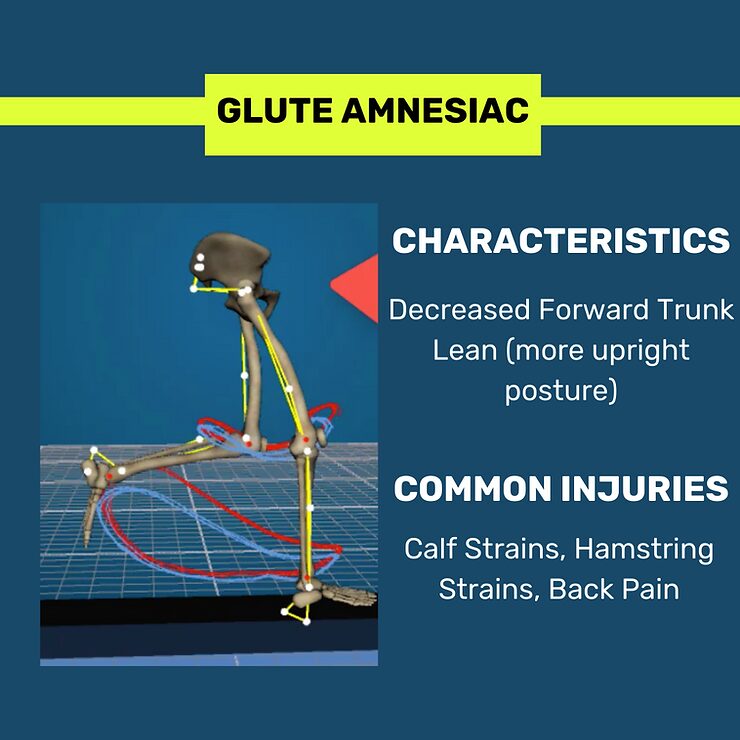One can assume that we run the way we were born to run. However, that is not typically the case. Most of us have long lists of reasons we no longer run with the most efficient stride; years of desk work or school, previous injuries, stress, breathing dysfunction, and more. Some just have a short list, like a teenager who just went through a growth spurt.
Once a motor pattern is learned, even if it’s not the best one, correcting it can take some work. You can do all the strengthening and stretching you want, but it likely won’t change the movement pattern you’ve been using while running. We have to make a concentrated effort to change the movement pattern and, therefore, change our gait.
This can result in faster running and reduce the risk of injuries.
To change a movement pattern, we prescribe a series of drills that progress from slow and deliberate movements to faster, running-like movements. We do this along with giving you ONE simple cue to use while you run. This is all based on your individual results of the 3D gait analysis.
When runners try to change their stride, they often use a cookie-cutter method like Pose Method. Others may have gotten bits and pieces of advice and try to incorporate them all at once while they run (i.e., land on your mid-foot, lean forward, drive your knees, relax your arms). The former is too generic and may not be the change you need (not to say it can’t work for some, but you need to figure out if you’re that someone). The latter is too difficult for our brains to process while performing such a quick and complex movement.
RunDNA 3D Gait Analysis
The technology that we use at Omega Project is unique in many ways. Traditional 3D gait labs require a lot of space and tech work, making the experience more expensive and time-consuming for runners and athletes. Typically, the person bringing you through the 3D gait analysis will get a bunch of raw data that later gets processed into some meaningful numbers and measurements. Even then, what do you do with these numbers? Now you know what you’re doing while running, but how can you change it meaningfully?
With the RunDNA technology, we can get results right away. This means we get immediate numbers and angles to compare to the norm. We can then categorize you into a gait dysfunction category. There are five main categories that we break down into subcategories (overstrider, collapser, bouncer, weaver, and glute amnesiac). Because we get the data right away, we can then have you try some cues and get real-time feedback on whether those cues are changing your running in a way that will reduce the pain you’re having or improve your performance.
We typically land on one simple cue for you to use that will make the most impact (i.e., drive your knees forward, follow a metronome for cadence, etc). We then prescribe the drills that support this change.
This goes to the RunDNA app, where you can see your results and follow your personalized training calendar.
More About the 5 Main Categories of Gait





Which one do you think you fit into? Have you seen pictures of yourself that suggest one of these categories? Maybe you have had chronic injuries that are common for a specific category of runner.
A 3D gait analysis is the best way to find out and put yourself on a more successful injury-free running path.
To schedule your 3D gait analysis, visit our scheduling site. Click here to learn the differences between a 3D Gait Screen and a Full 3D Gait Analysis.

